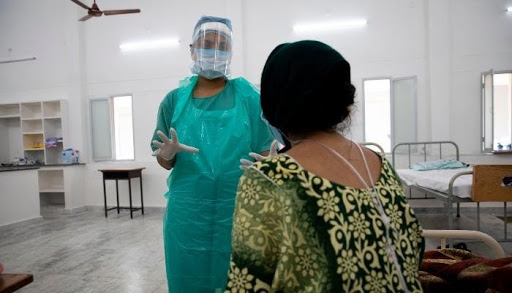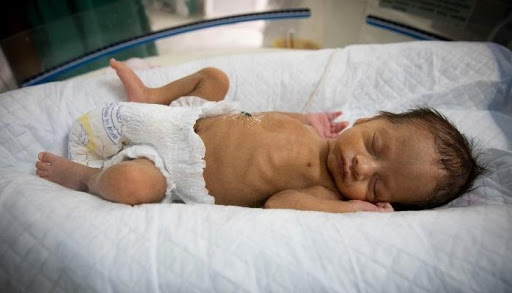Home > Blogs
The story of hope you needed in 2020
Satish* was reduced to tears when the doctors at the RDT COVID-19 Hospital informed him that his wife, Lalitha*, was in a serious condition in the ICU. The oxygen saturation in her blood was extremely low.
Lalitha tested positive for COVID-19 in the last week of July after her whole family was infected. While Satish and the family experienced mild symptoms and recovered quickly, Lalitha’s health started deteriorating rapidly.
Even after being shifted from the Level 2 ward (for moderate to severe symptoms) to the ICU, her blood oxygen levels kept dipping, so she was intubated and put on ventilator. To make matters even more complicated, she was seven months pregnant.
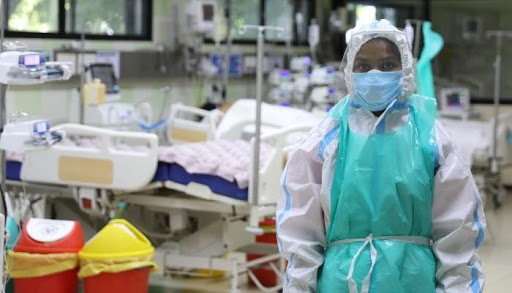
“The pregnancy affected her diaphragm and lung’s capacity to expand fully and take long breaths. This was increasing the threat to her life. We came to the conclusion that it was best to terminate this pregnancy,” explains Dr. Jyothi, the head of Gynecology and Obstetrics in RDT Hospital in Bathalapalli.
Satish sank in despair when they told him. The many plans he had made with Lalitha about this new addition to the family now seemed to have been destroyed. Nonetheless, Lalitha was the priority for him and his family. “Seeing her in a critical state was difficult. I just wanted her to be back home safe and healthy. There were no second thoughts about the termination,” says Satish.
With Lalitha unconscious and on ventilator, her husband and the family gave their approval to terminate the pregnancy. The obstetrics team gave her medications two times but they weren’t effective. Time was running out and a caesarean section (C-section) was the only option left now.
“At 30 weeks the baby is not mature enough to be out of the womb. A C-section is risky as it increases the chances of mortality in the patient. Moreover, bleeding during the surgery and COVID together may increase the blood clot formation and that is dangerous because it would affect the lungs and the brain,” explains Dr. Jyothi. “However, because the medicines didn’t work, we had to make the tough call.”
Medical staff at the RDT COVID Hospital getting ready for a shift ©RDT
With no viable option left and Lalita’s life in danger, the doctors decided to go ahead with the C-section. “The challenge after all this was to shift Lalitha all the way to the operation theatre while she was on ventilator. A mishap would have occurred. That is why it was decided to do the C-section in the ICU itself,” says Dr. Harish, head of the ICU department at the hospital.
With uncertainty looming but a resolve to remove her from danger, the team of doctors from the ICU, gynecology and pediatrics departments came together in a room beside the ICU ward for the C-section.
”Given the extraordinary situation, the mother’s life was the top priority. Since it was a pre-term baby, the pediatrician’s role became important,” explains Dr. Jyothi.
While the gynecology and ICU team ensured that the mother was in a stable condition, the pediatrics department worked to ensure the same for the baby. “When the baby was delivered, it was not active and not breathing well and the mother was on ventilator and heavy medication,” says Dr. Manohar Gandhi, the chief pediatrician on the case. “We had to immediately resuscitate and intubate the baby and he was on the ventilator for a day. Luckily he did not have any complications related to premature birth.”
Dr. Manohar Gandhi, along with the other pediatrics team. ©RDT
It wasn’t good news yet. Lalitha wasn’t show signs of recovery. “She developed pneumothorax (collapsed lungs), a bad bloodstream infection and a bacterial respiratory infection. For the next 10 to 12 days, she was still on ventilator and two times she was almost about to collapse and die and we had to pull her back from that stage,” says Dr. Harish with a sigh. “Gradually over a period of two weeks she started gaining stability and gained consciousness and once her vitals (blood pressure, heart rate, temperature) settled, we shifted her to level 2 and then after careful support there, she was shifted to Level 1 and finally discharged on September 11th.”
A nurse feeding Lalitha’s baby ©RDT
“I didn’t see my baby for a while after delivering him due to my condition. Throughout this time, I was more worried about my baby than myself. This period has been one of turmoil for my family and me but I am grateful for the support we received from the team at the RDT Hospital who were determined and gave us courage. I couldn’t be happier knowing that I am regaining my health and my baby is healthy and doing fine,” expresses Lalitha in a delightful tone.
One of the doctors at Level 1 speaking to Lalitha after she was shifted from the ICU and Level 2. ©RDT
Sometimes saving a life takes the work of many hands. The efforts and determination of the medical team at Level 1 and 2, ICU ward, gynecology and pediatrics department for close to a month saved not only Lalitha’s life, but her new-born baby’s as well: the baby that refused to accept two attempted medical terminations. Lalitha and her baby beat the odds, which stands as testament to their grit and resilience.
The pandemic is filling our lives with uncertainty and harrowing experiences, but as long as we don’t give up on each other and have compassion, there is always hope.
Lalitha’s baby under special care of the RDT pediatrics team ©RDT
*The names in this article have been changed to protect the privacy of the individuals.
Pictures and Text: Felita Viegas, adapted by Vicente Ferrer Foundation USA

Meehanski: “My disability hasn’t stopped me from making my dreams come true”
09/29/2022Meehanski defines herself as a feisty and stubborn woman, but above all independent and ha...
READ MORE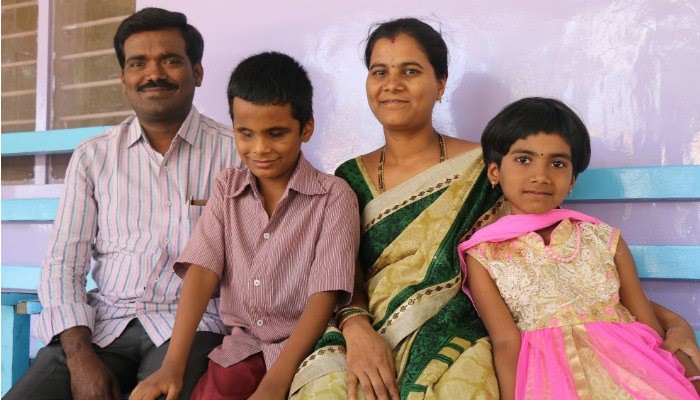
Visually impaired student becomes a Telugu singing star
09/28/2022“When I sing, I feel invincible,” says Sreesanth Naik. At the young age of 10, he has ...
READ MORE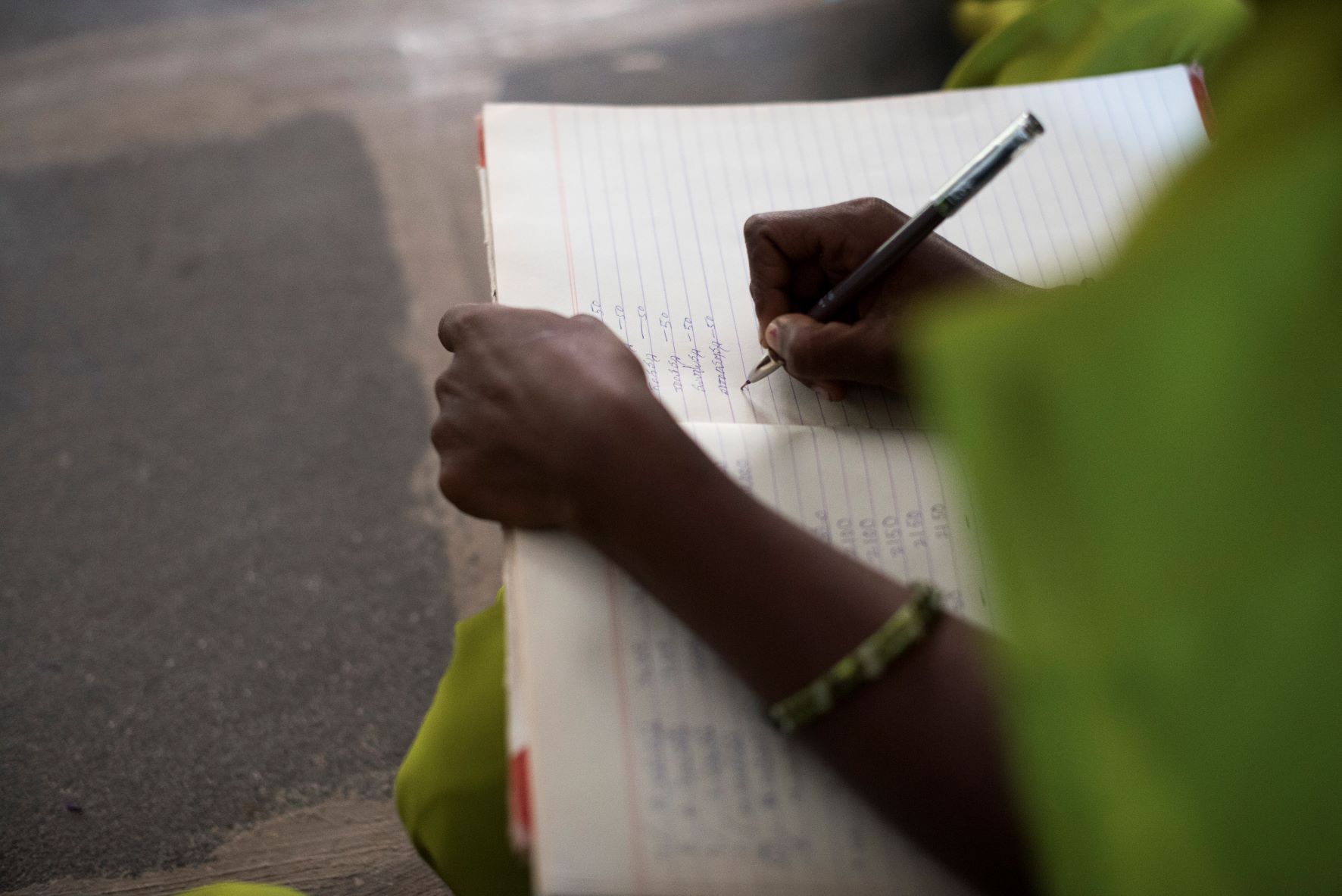
Malleswari’s Story: How Education Helps Breaks the Cycle of Poverty
12/22/2021Born in a village located in the deep forest of Nallamala in the Indian state of Andhra Pr...
READ MORESupport our work to help individuals and communities affected by COVID-19
Would you like to know how we use the funds?LEARN MORE
 October 16, 2020
October 16, 2020


